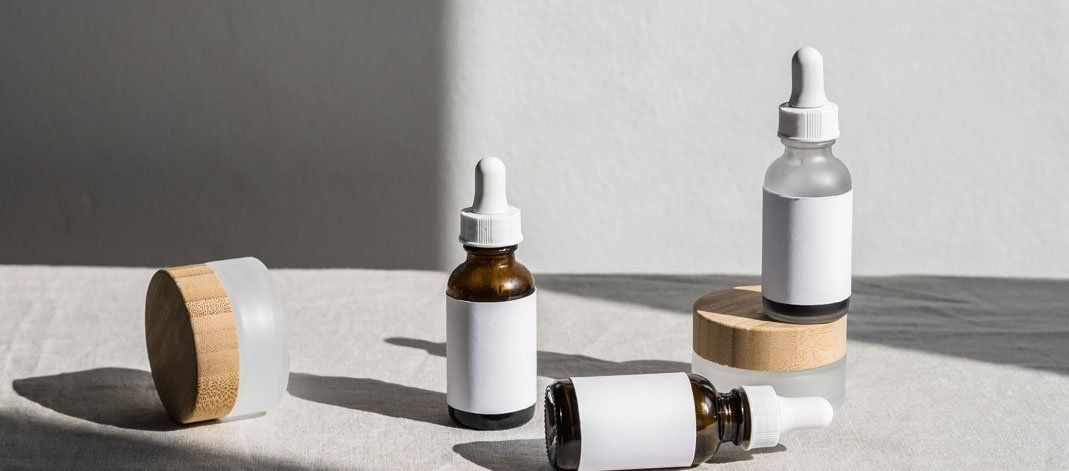The Guidelines to Follow When Developing Combination Products
Combination devices and products have become more widely used in recent years because they greatly improve treatment effectiveness and enable better outcomes for patients. However, government regulations regarding them are still in their early stages, and pharmaceutical companies run into complications when it comes to bringing them to market.

It’s worth understanding how combination products work, the applicable regulations, how those laws will change over time, and what you can do to develop a compliance strategy for your medical organization.
What Is a Combination Product?
Before discussing regulation, let’s go over what the concept entails and some examples of combination products.
The appropriately-named combination product is a medical product consisting of a drug and a device working together. Sometimes a biological product is involved. There are three main types of drug-device combination products:
- Single-entity: Two components mixed together to form a single entity. An example of a single chemical entity would be a pre-filled syringe for administering the drug.
- Co-packaged: Both parts are included in the same package and are intended to be used together. A popular example you’re familiar with is a first-aid kit that contains both ointment (a drug) and a bandage (a medical device).
- Cross-labeled: Both parts are packaged separately but are meant to be used together for an intended effect. For instance, a drug that must be activated with a light source could be used alongside a laser.
Combination products have a variety of therapeutic benefits over traditional dosage methods. They are often more convenient for the patient too, especially when both components are packaged together in a single treatment. We’ve seen an increase in combination product use in response to the growing trends of outpatient care and healthcare at home.
At the same time, there’s quite a bit of regulatory uncertainty as the FDA still struggles with defining the designation of combination products. Businesses that produce combination products must likewise complete their own due diligence and proactively work towards compliance when submitting these items for review.
Defining the Primary Mode of Action (PMOA)
A major step in getting a new medical product or treatment on the market is to submit it to the right regulatory office for legal review. It’s advisable to get in contact with the relevant agencies who handle regulation of combination products early on to minimize the impact of potential delays and refusals. What’s one of the biggest pitfalls of getting a combination product reviewed by healthcare agencies? It’s the Primary Mode of Action (PMOA).
Let’s say that your company is submitting a product for a request for designation (RFD) to formally classify it. The agency you’re working with must rely on the information you provide. A common issue is that there isn’t enough intel to distinguish a Primary Mode of Action, which is critical for the first approval.
A mode of action (MOA) is exactly how a medical product achieves its intended therapeutic effect. Drugs and devices can have multiple modes of action, though the legal concept of a Primary Mode of Action dictates what single MOA results in the most significant intended effect.
In the event that a PMOA cannot be defined clearly or with certainty, the FDA will attempt to assign a PMOA itself by using historical precedents.
Know the Regulatory Guidelines
Beyond the review process, medical compliance specialists must know about the related guidelines for combination products. The Office of Combination Products (OCP), as its name suggests, is the government office responsible for these laws.
The OCP was established under the Medical Device User Fee and Modernization Act of 2022 (MDUFMA). You can review what it aims to achieve in the Federal Food, Drug, and Cosmetic Act here, but the general duties include:
- Resolving issues regarding combination products
- Creating the regulatory framework that control their production and release
- Classifying medical products as drugs, devices, biological products, or combination products
- Conducting pre-market review of combination products
- Working with the Food and Drug Administration for these purposes
The problem, however, is that these laws are specific only to the United States, but most pharmaceutical businesses operate internationally. The approval process for combination products is fairly straightforward right now under the FDA, but it’s far more difficult abroad.
Europe, for instance, has no central body for product approvals, and individual countries often don’t have specific laws. Addressing concerns in these regions will involve:
- Engaging with local governments early on: Not only will you have to clear up national requirements, but you’ll also need to work with regional and local jurisdictions as well.
- Clearing up regulations on clinical trials: Clinical trials are often conducted overseas and involve materials sent from elsewhere. Make sure you fully understand import and export regulations.
- Deploy internal staff in foreign regions: Having teams “on the ground” in a locale will help you understand local jurisdictions better.
Healthcare laws are already notoriously stringent, and the still developing world of combination products only complicates matters. However, businesses can still thrive in this market if they set up a formal quality control and compliance strategy when crafting and bringing combination products into the market.
Have a cGMP Quality Compliance Strategy in Place
A compliance strategy is multi-faceted and requires the attention of multiple departments around the organization. The mindset you need to have should consider the following:
Look at Combination Products as an Entire Entity
Combination products should be viewed holistically. That is, both “parts” must be manufactured under the right supervision and quality control standards while following manufacturing practice requirements. Because regulations differ between drugs and devices, it’s important for both the device manufacturer and the pharmaceutical production facility to communicate when jointly developing a combination product.
Build an Understanding Over the “Design Freeze”
A design freeze happens during a product’s development lifecycle when the design has been finalized and approved and changes are no longer allowed. In the medical world, a freeze occurs for a medical device right before the validation stage because any changes at that point would require additional clinical studies and another submission to the governing body.
Freezes are necessary to keep costs under control and minimize delays when bringing a product to market. However, while drug manufacturers generally handle design freezes well, device production facilities often scramble to release the latest generation of electronics and devices.
This potential conflict over the design freeze can be a point of friction when working with combination products that requires coordination between the two.
Take Advantage of Risk-Based Decision-Making
The risk involved in single-entity or co-packaged combination product manufacturing is largely for the patient. Both the drug and device companies must communicate to ascertain exactly how the finished product will work in the body and how stable it will be once both parts are combined.
Studies may be required that look at the two components independent of each other as well as working together under a single combination release.
Want to Learn More About Developing and Marketing Combination Products?
The procedure for approving combination products for sale is still evolving, and it’s understandable if you have questions or concerns. In addition to the aforementioned best practices, make sure you establish strong quality control standards for both the device and the drug portions of a combination product, as well as the application of current good manufacturing practice regulations. You’re working towards not only a faster time to market but also safer treatments for your patients.
You now have more knowledge about combination product examples and how regulation works in this space. The next step is to engage with formal pharmaceutical training regarding drug-device combinations.
Among other useful courses, CfPIE offers its Introduction to Medical Combination Products taught by certified instructors with experience in the field. Register today to get started!
Blog Categories
Stay Informed


